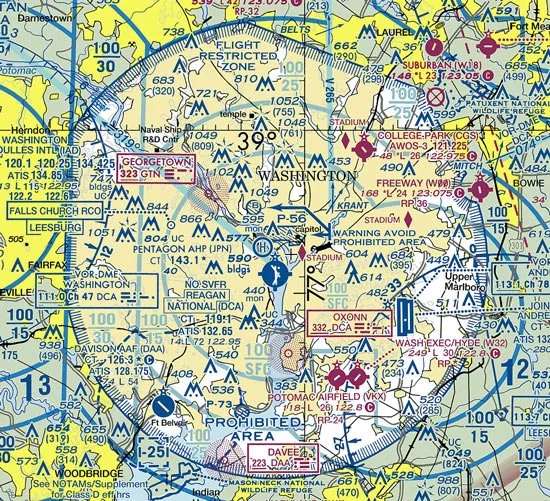Navigating Commercial Drone Operations in Washington, D.C.: Permits, Hazards, and Regulations
Aspiring drone operators in Washington, D.C. find themselves in a region teeming with historical landmarks, bustling urban environments, and sensitive government facilities. In this blog post, let’s explore the specific considerations for obtaining permits, navigating hazards, and complying with regulations to legally and safely operate drones in the nation's capital, including notable locations such as government agencies, the National Mall, and airports.
1. Permits and Certifications:
When it comes to operating drones in restricted areas within Washington, D.C., the Federal Aviation Administration (FAA) may grant permits on a case-by-case basis. For instance:
a. Government Agencies: Drone operations near government agencies, including the White House, the Pentagon, or Capitol Hill, typically require specific FAA authorization due to security concerns. Operators must apply for special permits and adhere to strict guidelines provided by the FAA and respective government agencies.
b. National Mall: The National Mall, home to iconic landmarks such as the Washington Monument and Lincoln Memorial, is subject to restricted airspace. Flying drones within this area is prohibited without prior FAA authorization, as it is located near government facilities and experiences significant foot traffic. For customers interested in getting drone photography on the mall, please understand that the circumstances under which FAA might authorize drone use are extremely strict and do not include civilian activities such as event photography.
2. Restricted Airspace and No-Fly Zones:
Operating drones near airports and heliports in Washington, D.C. necessitates a comprehensive understanding of the restricted airspace and established no-fly zones. Notable considerations include:
a. Reagan National Airport (DCA): Located just across the Potomac River, DCA is one of the busiest airports in the region. Drone flights within a 15-mile radius of the airport require FAA authorization due to potential air traffic conflicts.
b. Other Airports and Heliports: Drones should not be flown near other airports and heliports within the region, including Washington Dulles International Airport (IAD) and Baltimore/Washington International Thurgood Marshall Airport (BWI). These areas have established restricted airspace, and drone operators must adhere to the FAA guidelines to ensure flight safety.
3. Regulatory Compliance:
In addition to FAA regulations, drone operators in Washington, D.C. must navigate local laws and regulations. Notable examples include:
a. District of Columbia (D.C.) Regulations: The District of Columbia imposes additional regulations on drone operations. Operators must obtain the required licensing and register their drones with the D.C. government to comply with local rules.
b. Restricted Areas and Privacy Concerns: Certain areas in Washington, D.C. have designated no-fly zones due to security or privacy concerns. These may include sensitive government facilities, military installations, and areas surrounding prominent landmarks. Operators should consult the FAA's UAS Facility Maps and local regulations to avoid any prohibited flight areas.
Conclusion:
Operating drones commercially in Washington, D.C. requires careful consideration of permits, regulations, and restricted airspace to ensure legal compliance and flight safety. In specific cases involving government agencies, the National Mall, and airports, FAA permits and authorization may be necessary due to security and airspace considerations.
Understanding the unique challenges and regulations associated with operating drones in the nation's capital is essential for those looking to book arial photography in the area. By obtaining the required certifications, conducting thorough research, and adhering to local and federal guidelines, drone enthusiasts can explore the skies of Washington, D.C. while respecting the security, privacy, and safety concerns of the region.
Through responsible and compliant drone operations, we can capture stunning aerial imagery of this historic city, showcasing its iconic landmarks and contributing to the ever-evolving field of aerial photography and videography.






